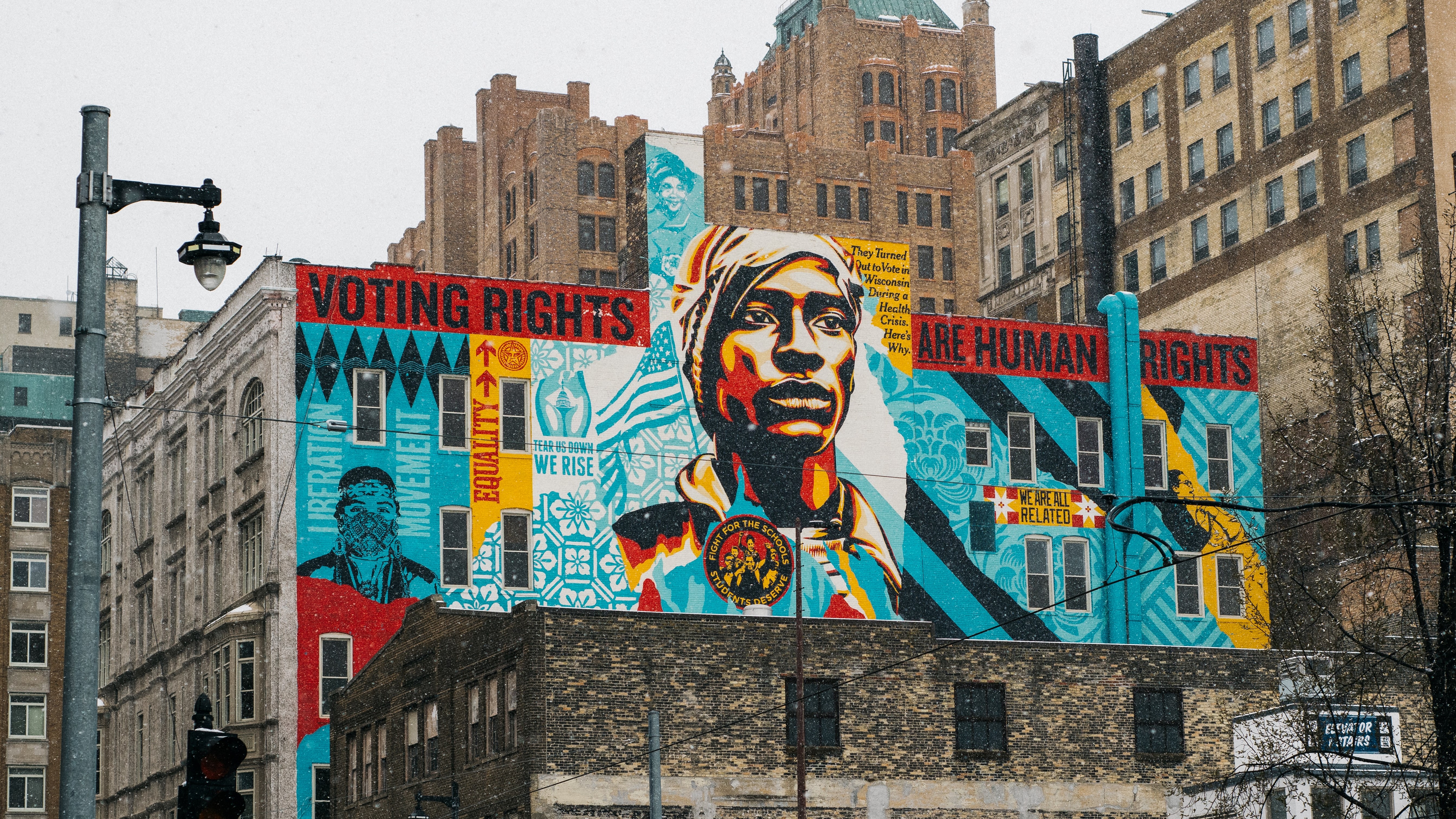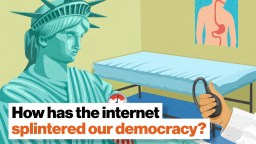200 years ago, everyone lacked democratic rights. Now, billions of people have them

When French revolutionaries stormed the Bastille prison in 1789 in pursuit of liberty, equality, and fraternity (and weapons), they could not have imagined how far democratic political rights would have spread a mere 200 years later. In the 19th century, there were few countries one could call democracies. Today, the majority are.
It is an astonishing achievement that many countries are now governed democratically. But the mere number of countries does not tell us how many people enjoy democratic rights. When Tunisia became democratic in 2012, its population of 11 million gained the political rights that came with it. When India democratized in the 1950s, this same transition affected almost 400 million people.
If we adopt the common and famous understanding of democracy as rule by the people, we should also look at how many people get to have a say in their government. How many people have democratic political rights around the world? And how has their number changed over the last two hundred years?
To answer these questions, we need to combine long-term data on countries’ populations1 with information on their political systems. This tells us how the political rights of the world’s population have changed over the past two hundred years.
We identify the political systems of countries with the Regimes of the World (RoW) classification by political scientists Anna Lührmann, Marcus Tannenberg, and Staffan Lindberg. The classification uses data from the Varieties of Democracy (V-Dem) project and distinguishes between four types of political systems: closed autocracies, electoral autocracies, electoral democracies, and liberal democracies.
Which political systems does the ‘Regimes of the World’ classification distinguish?
- In closed autocracies, citizens do not have the right to choose either the chief executive of the government or the legislature through multi-party elections.
- In electoral autocracies, citizens have the right to choose the chief executive and the legislature through multi-party elections; but they lack some freedoms, such as the freedoms of association or expression, that make the elections meaningful, free, and fair.
- In electoral democracies, citizens have the right to participate in meaningful, free and fair, and multi-party elections.
- In liberal democracies, citizens have further individual and minority rights, are equal before the law, and the actions of the executive are constrained by the legislative and the courts.
While we use RoW’s classification and V-Dem’s data, we expand the years and countries covered and refine the coding rules. This post details how the political systems are measured, which changes we made, and what shortcomings and strengths the measure has. It is important to know that this measure describes when many people in a country had certain political rights, not that everyone had them.2 It is not a perfect classification, but still allows us to approximate how many people have had democratic rights.
Using the RoW classification, the interactive map shows how each country is classified at the end of each year, going back in time as far as 1789. To explore changes over time, you can drag the time-slider below the map.
Almost everyone lacked democratic political rights in the 19th century, but many have gained them since.
In the core chart of this post we see how many people lived under each of the four political systems since 1800. To see what share of the world’s population lived in each regime, you can tick the ‘Relative’ box.
Very few people had democratic political rights in the 19th century. In 1800, almost everyone lived in regimes that are classified as closed autocracies by RoW. No country was a democracy, and only 16 million people lived in the two countries classified as electoral autocracies: the United Kingdom and the United States.
Most people continued to live in closed autocracies over the course of the 19th century, with 5 out of 6 people still having few political rights by 1900, while those who did not mostly lived in electoral autocracies in the Americas and Western Europe. Only the 17 million people in Australia, Belgium, and Switzerland enjoyed a wide range of electoral and liberal political rights. A further 41 million in France and New Zealand enjoyed many democratic (but not liberal) political rights.
The first half of the 20th century made clear that a spread of democratic rights was both possible and uncertain. Democratic progress in the first decades of the century was set back when countries such as Germany reverted to autocratic rule in the 1930s and 1940s.
Over the course of the second half of the 20th century, large numbers of people then gained democratic political rights. In 1950, more than 200 million people — mostly in Western Europe — lived in liberal democracies, and another 240 million lived in electoral democracies in Western Europe and the Americas. This number increased in the next decades, and by the late 1990s the majority of the world’s population — around 3 billion people — lived in electoral and liberal democracies.
The spread of democratic political rights continued during the early 21st century. By 2018, more than 2.7 billion people lived in electoral democracies in all regions of the world: most coming from the populous countries of India,3 Indonesia, Brazil and Nigeria. Another billion people lived in liberal democracies, such as those living in South Korea and Ghana. Almost all of the 1.9 billion people still living in a closed autocracy now reside in just one country: China.
Democratic political rights are still far from universal — and far from inevitable
While democratic rights have spread far, they are also still far from universal, and there have been recent setbacks. Even though many people now have them, the total number of people not having democratic rights is higher than ever. This is because the world’s population grew faster than democracy spread. And some people have recently lost political rights; most prominently the 1.4 billion people living in India, which became an electoral autocracy in 2019.4 This means that now more than two thirds of the world’s population live in closed and electoral autocracies.
These setbacks should serve as a reminder that continued political progress is not inevitable. Nonetheless, we see that a staggering number of people have gained democratic rights in a relatively short period of time. Many people still lack them, but the pace of this progress is a sign that this can change quickly. The French revolutionaries’ — and our — pursuit of liberty, equality, and fraternity is far from over. But we have come a long way already.
Republished under a Creative Commons BY license from Our World In Data. Read the original article.





